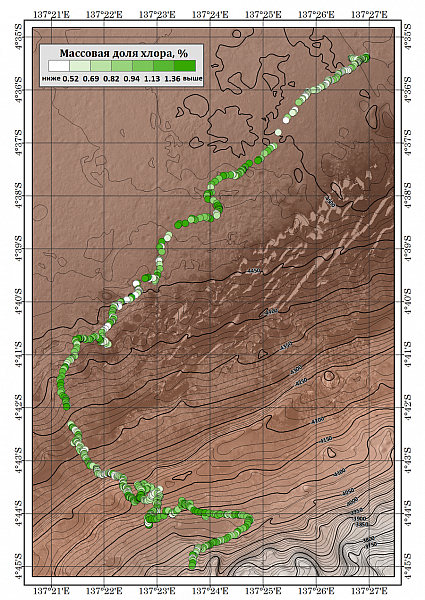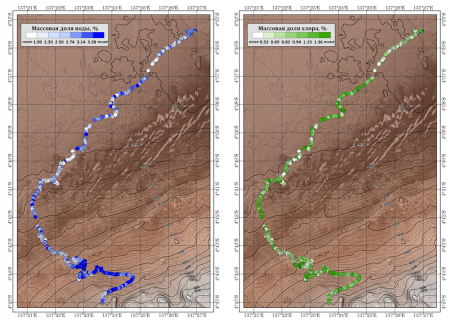
DAN (Dynamic Albedo of Neutrons) is a Russian experiment onboard robotic rover Curiosity — NASA's Mars Science Laboratory mission.
Russia's participation in the Mars Science Laboratory/Curiosity Rover project is defined in the Executive Agreement between NASA and the Federal Space Agency of Russian (now State Space Corporation ROSCOSMOS), which was the customer of the DAN instrument developed and manufactures at the Space Research Institute of the Russian Academy of Sciences.
Scientific Goals
- to search for hydrogen-bearing compounds, including water ice, and chlorine in a shallow layer of Martian subsurface with active neutron sounding.
Mission Overview
DAN is a Russian instrument in the scientific payload of the Curiosity rover (Curiosity, Mars Science Laboratory project, NASA).
The DAN operating concept is based on the methods of nuclear physics. The instrument generates short (about 1 ms in duration), but powerful pulses of neutrons. Up to 10 million particles of 14 MeV energy are emitted per pulse. Emitted neutrons penetrate into the Martian subsurface and interact with the nuclei of the main rock-forming elements.
If one measures the energy and detection time of neutrons, having escaped from the soil after the pulse, one can estimate the content of various atoms in the subsurface, primarily hydrogen. The distribution of hydrogen in the subsurface is a key to understanding of how much hydrated minerals or water ice permafrost are there. DAN is sensitive enough to detect water content as low as 0.1%.
These data are essential, when one studies the processes of the Red Planet's hydrological evolution and searches for areas with conditions that could favour the existence of primitive life.
The predecessor of the DAN experiment is the HEND instrument, a part of Mars Odyssey orbiter (NASA, launched in 2001) payload, also made by the Space Gamma Spectroscopy Laboratory of IKI (now the Nuclear Planetology Department). It was thanks to HEND data that water ice was first discovered in the regolith beneath the Mars surface. However, HEND has been measuring neutrons formed naturally by cosmic rays in the subsurface, while DAN has been sounding the surface along the rover’s traverse with neutron pulses.
DAN began its work on the surface of Mars on August 7, 2012. In 10 years (until August 20122) American-Russian scientific team of the DAN experiment, part of rover control team, held >5000 operation sessions, providing day-to-day planning of science program as to what concerns the DAN experiment. About 1500 sessions of neutron sounding were made, which makes roughly 3 sessions in a week. The neutron generator of the instrument has emitted more than 5 million neutron pulses, which many times exceeds its nominal lifetime. It is still operating on the surface of Mars, having shown no failures.
The surface of Gale crater, according to DAN data, has variable salinity. Water content varies from 2 to 6 %. High water content is seen in the regions with hydrated minerals, which were formed in the early period of Martian history, when the crater was filled with water. Significant content of chlorine in the surface is established, up to 2.5% by weight. It is yet another argument in favour of the hypothesis that Gale crater was an ancient lake. These data shed new light on the processes, which reigned on Mars in different epochs of its evolution.
DAN Scientific Instruments
- DAN-DE detector and electronics unit — 3He industrial neutron proportional counters
- DAN-ING pulse neutron generator — developed at Dukhov Automatics Research Institute on the basis of industrial pulse generator
Main parameters
- Neutrons energies: from thermal to 14 MeV
- Temporal resolution: 1–3 ms
- Spatial resolution: ~1 m
- Vertical resolution (maximal penetration depth): ~1 m
Mission Results
DAN experiment has shown that the content of subsurface water in Gale crater nowadays varies form 0 to 6 %, and the highest value is observed in the regions, where other instruments onboard the rover find evidence for hydrated minerals, formed in the previous epoch, when the crater was filled with water. The floor of the crater has variable salinity, from 0 to 2.5 %. Different geomorphological features along the rover's traverse have different values of water and chlorine content. These data help to reveal the nature of the processes, underlying the origin of these deposits during various stages of the planet's history.
Leading Organizations and Principal Investigators
- State Space Corporation ROSCOSMOS
- Space Research Institute of the Russian Academy of Sciences (IKI)
- Principal Investigator: Dr. Igor G. Mitrofanov (IKI)
In Collaboration With
- Dukhov Automatics Research Institute (VNIIA, Moscow)
- Mechanical Engineering Research Institute, RAS (IMASH RAN)
- Joint Institute for Nuclear Research (JINR, Dubna, Moscow region)
- Vernadsky Institute of Geochemistry and Analytical Chemistry, RAS (GEOKHI, Moscow)
- Jet Propulsion Laboratory (JPL, NASA, USA)
- University of Arizona (UofA, USA)
- University of Tennessee (USA)
- Brown University (USA)
Websites
- DAN experiment on the website of the IKI Nuclear Planetology Department
- The Mars Science Laboratory project on NASA portal
Gallery
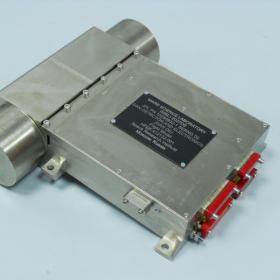
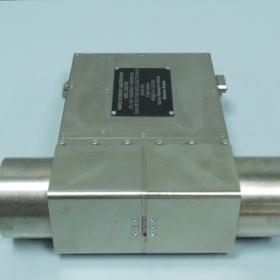
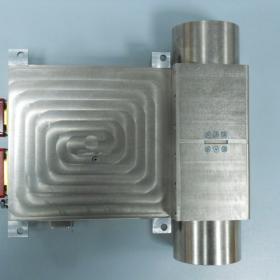
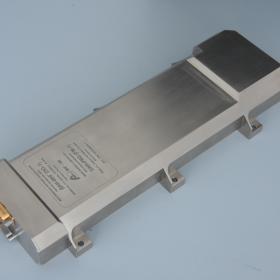
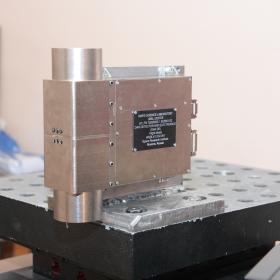
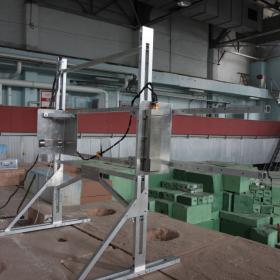
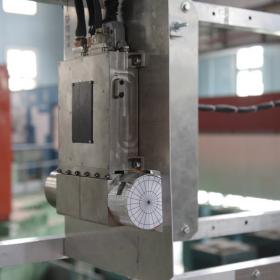
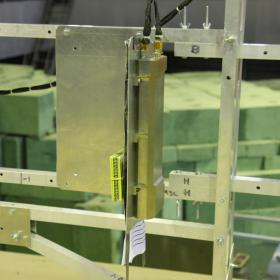
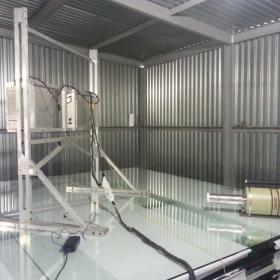
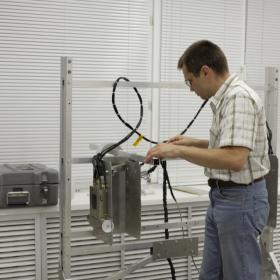
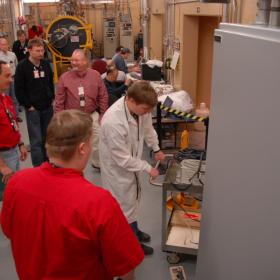
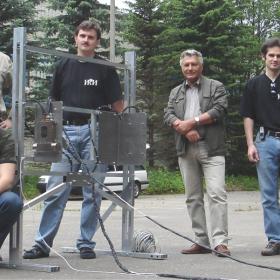

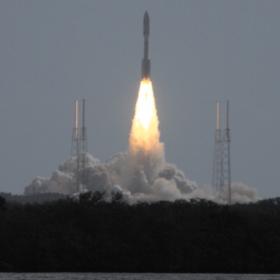
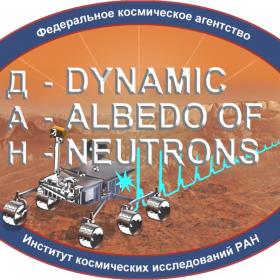
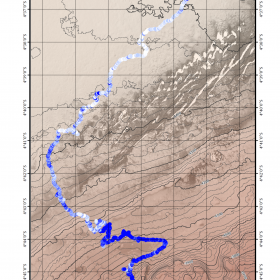
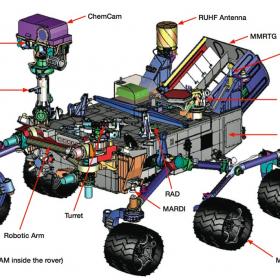
Mars Science Laboratory / Curiosity
Status: in operation
Launch: 26.11.2011, Cape Canaveral Spaceport, Atlas V
Leading space agency: NASA
SCN: 37936
NSSDC ID: 2011-070A
Main website: Mars Curiosity Rover
DAN / ДАН
Status: in operation
Leading space agency: ROSCOSMOS
Main website: Russian neutron detector DAN for NASA's Mars Science Laboratory landing rover


